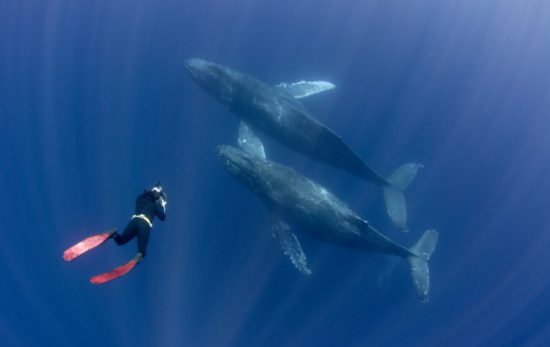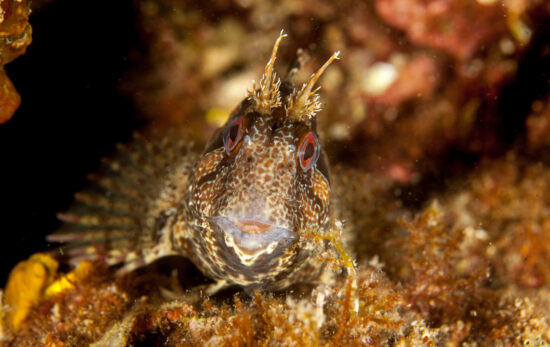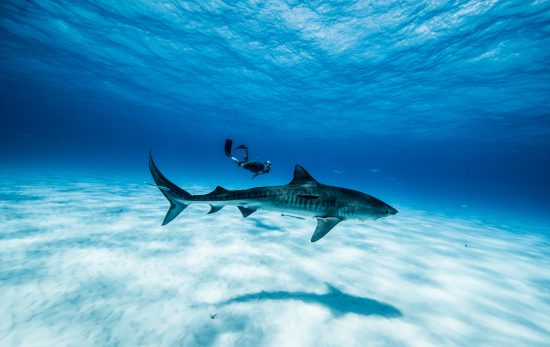Ready to learn about one of the cutest sea creatures of all time? Meet the sea bunny! While this animal’s scientific name is Jorunna parva, it has been dubbed the sea bunny slug due to its resemblance to a fluffy white bunny rabbit.
What Is a Sea Bunny?
Sea bunnies are actually a species of sea slug, or nudibranch, and were first described by renowned Japanese marine biologist Kikutaro Baba. Long before sea bunnies became quite the viral video sensation, these unique ocean animals have been hippity-hopping around the waters of the Indo-Pacific Ocean. To spot a real life sea bunny underwater, you’ll have to look very closely, as they are typically less than one inch long.
Want to learn more about these little “furry” friends, including:
- Do sea bunnies have fur?
- Why are there different sea bunny colors?
- How do sea bunnies protect themselves?
- How do sea bunnies mate?
- What do sea bunnies eat?
- How long do sea bunnies live?
Here are ten fascinating sea bunny facts that reveal these answers and more.
1. That’s Not a Fur Coat
Sea bunny anatomy can be a little deceptive. First off, the white fur coat you see on these sea slugs can actually range in color from yellow to orange to even brown. Secondly, it’s definitely not fur. What you’re looking at are groups of small rods known as caryophyllidia covering the nudibranch’s back. These are arranged around small black specks that give the sea bunny its spotted look. Most experts believe that these organs play a sensory role.
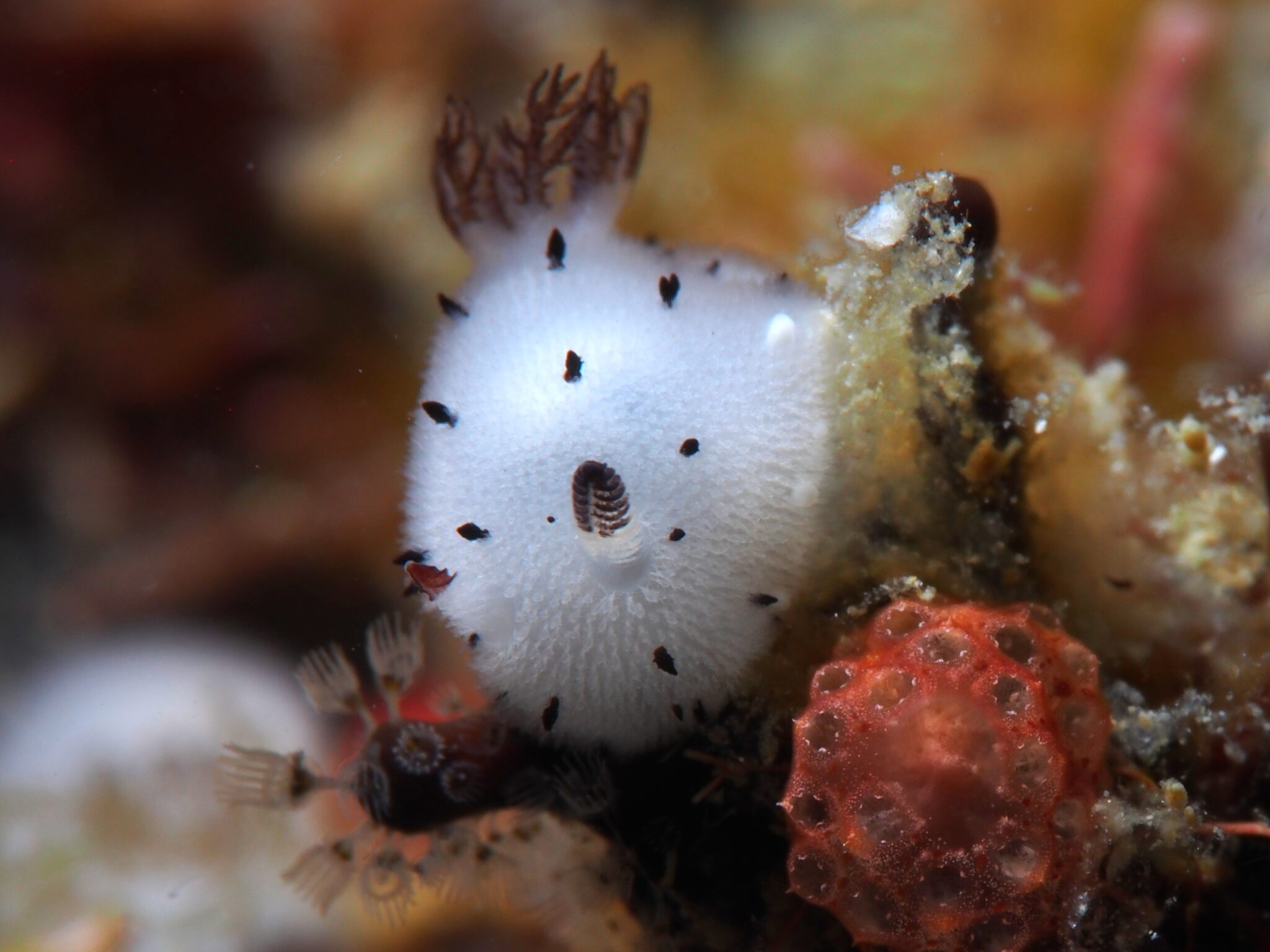
2. Sea Bunny Ears Are Actually Sensory Organs
The two little “ears” that make these sea creatures look like bunnies are actually sensory organs called rhinophores. They help the sea bunny detect chemical scents in the water column, allowing them to find food and also potential mates. In the world of nudibranchs, sea bunny rhinophores are particularly fuzzy, providing more surface area for reception to occur. In fact, sea bunnies are effective at detecting scents over surprisingly large distances – especially considering how small they are.
3. Sea Bunnies Are Hermaphrodites
Like all nudibranchs, sea bunnies are hermaphrodites, meaning they have both male and female reproductive organs. They mate by exchanging sperm with one another to fertilize their eggs. Therefore, they are both mothers to their own children and the father of someone else’s, while their offspring are direct siblings.

4. Predators Don’t Like Their Toxins
Predators stay away from these cute little slugs because they are incredibly toxic. Just how poisonous are sea bunnies? Well, that depends on their diet. The sea bunny slug belongs to a group of sea slugs called dorid nudibranchs, which steal toxic defenses from their food. They often eat food that contains toxins, such as sponges and jellyfish.
5. Sea Bunnies Still Get Eaten
Since they’re bolstered with toxic armor, you’re probably wondering what eats a sea bunny? Well, sea bunny predators include cone snails, crabs, sea hares, and even other nudibranchs.
However, one of the biggest threats to sea bunnies is humans. Conservation issues, such as climate change, overfishing, and pollution, are destroying the habitats and ecosystems upon which they (and many other creatures) rely on for food and shelter.
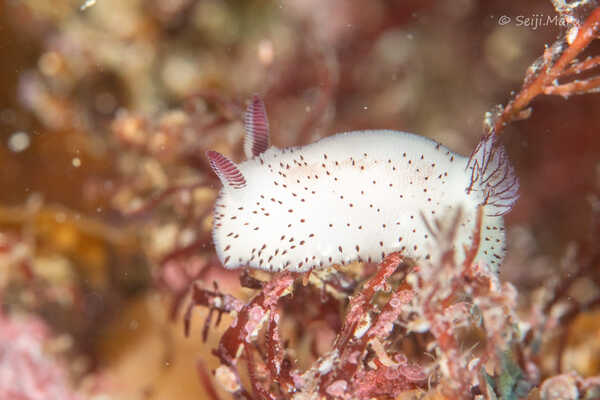
6. A Sea Bunny Lifespan Is Short
The average lifespan of a sea bunny slug is only a couple of months to a year. Because of their short lifespan and typically isolated lifestyle, mating is not guaranteed and must be taken advantage of when the opportunity arises. This is also why it’s so important they have such a well-developed sensory system to be able to locate one another.
7. Sea Bunnies Are What They Eat
Unlike their land-based namesakes, sea bunnies are carnivores that like to snack on other sea slugs or sea snails. They also use a special feeding organ (called a radula) to scrape off and eat algae from ocean surfaces. However, toxic sea sponges make up the majority of a sea bunny diet. As well as retaining the toxins for their own defense, these sea slugs also absorb the pigments and will change appearance based on what they eat.
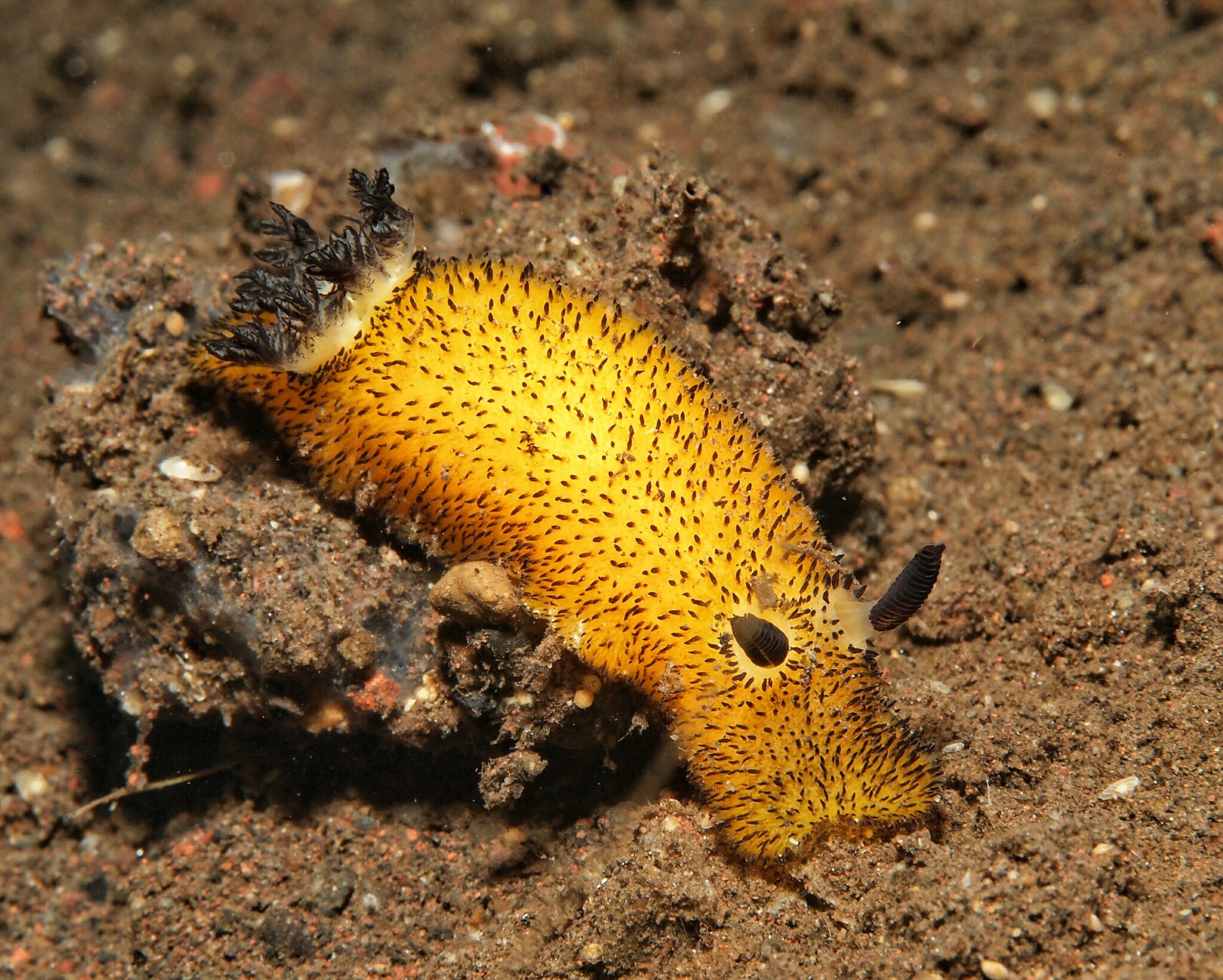
8. You Can Look, But Don’t Touch
Are sea bunnies dangerous to divers? Generally, these little critters don’t pose a risk to humans compared to other toxic creatures, such as stonefish or blue-ringed octopuses. That said, the toxins they’ve stolen (for instance, jellyfish stingers) can cause irritation. Of course, when it comes to responsible marine life interactions, you should look, but don’t touch.
9. Sea Bunnies Start Out Life With a Shell
After hatching, free-swimming sea bunny larvae have shells – a characteristic common to all mollusks. Eventually, during a process called metamorphosis, they shed this protective layer and emerge as the bunny-like sea slugs we know and love. This transformation is the same for all nudibranchs, whose name aptly means “naked gills” in Latin.
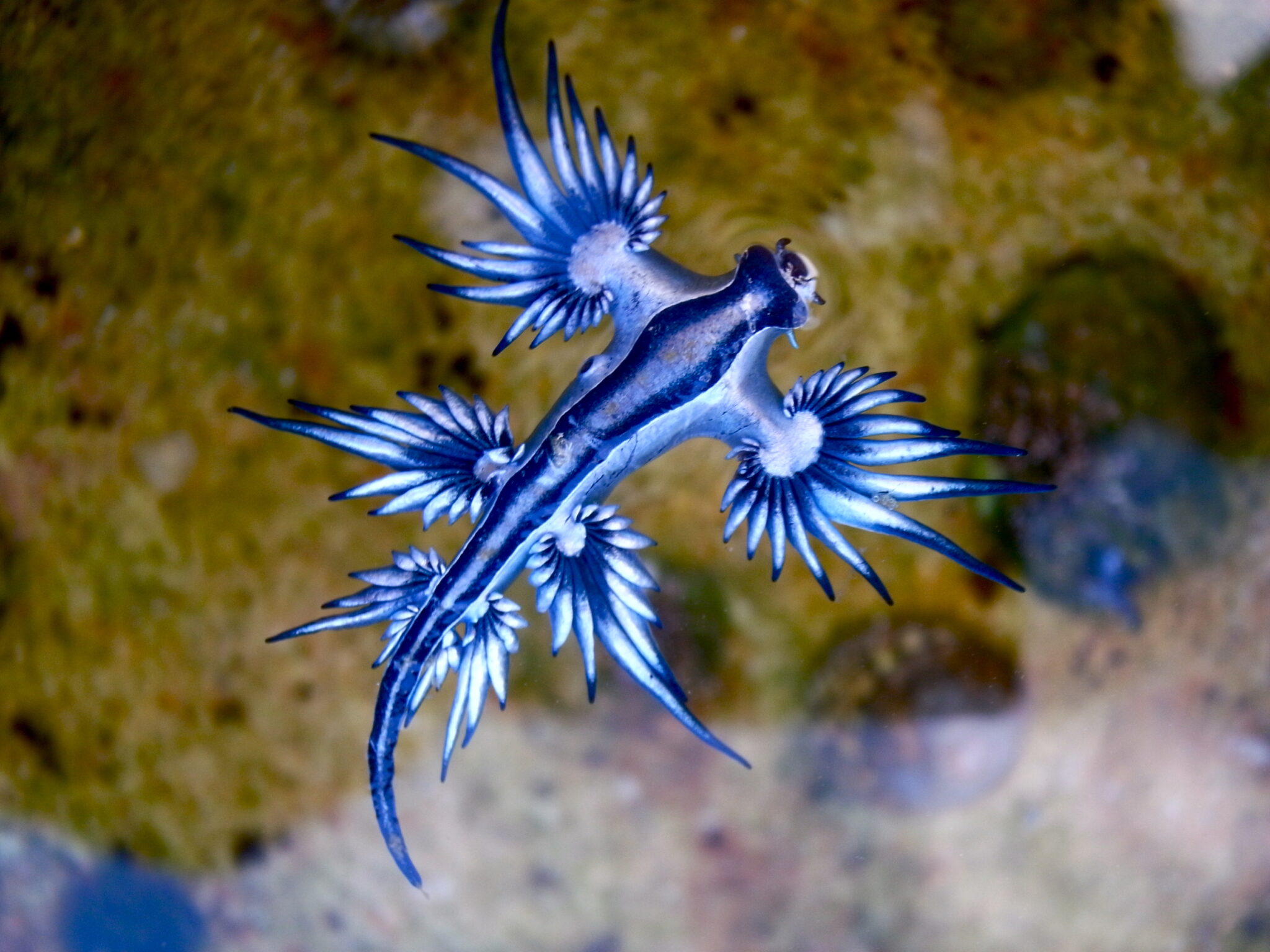
10. Sea Bunnies Are Part of a Bigger, Fascinating Family
The sea bunny species is part of the family Discodorididae, which in turn belongs to the order Nudibranchia. It’s a huge family, with around 3,000 known nudibranchs. Many other types of sea slugs are just as weird and wonderful as their cute sea bunny cousins. For example, there are blue dragons, flamenco-like Spanish dancers, the suitably named “leaf sheep“, and even one that runs on solar power!
By the way, if you love learning about unique and bizarre underwater animals, check out some of our other ocean animal blogs, such as:
- Five Deep Sea Creatures That Will Blow Your Mind
- 5 Facts About the Bobtail Squid
- Facts About Octopuses That Prove They’re Aliens
- 8 Facts About the Pom-Pom Crab
- 5 Weird and Wacky Turtle Species

Where Can You Find a Sea Bunny?
By now, you’re probably aware that – despite its appearance – the sea bunny slug has little in common with an actual bunny rabbit. Nevertheless, they are super-cute and fascinating marine animals that live in coastal Indo-Pacific waters. Divers spot them most commonly off the coast of Japan. However, you can also find them off the shores of countries like the Philippines and Australia.
Four Destinations to Spot a Sea Bunny:
- Anilao, Philippines. Known as the nudibranch capital of the world, you’ll find hundreds of species here alongside a plethora of other macro critters.
- Sydney, Australia. With incredible diving straight off the beach, you won’t even need to take a boat ride for a chance to meet the resident sea bunnies.
- Miura Peninsula, Japan. Sea bunnies are commonly found in Japan’s waters, and this southern Japanese region is a great place to start your search.
- Raja Ampat, Indonesia. With record-breaking biodiversity, it’s no wonder this is also one of the best destinations for underwater photographers and muck divers.
So, if you’re already a certified diver and are keen to visit a sea bunny habitat for yourself, why not let the experts at PADI Travel® help you plan a trip to one of these top destinations?

How to Photograph Cute Sea Bunnies
Alongside many of the underwater world’s tiniest and most colorful critters, sea bunnies are especially popular among underwater macro photographers. After all, they stay still and are one of the cutest ocean animals!
If you’re new to camera work, consider taking the PADI Digital Underwater Photographer Specialty course, and check out these pro tips to get the most rewarding sea bunny shots – from focusing to choosing great backgrounds.
Learn To Dive and Experience Nature Unfiltered
Videos of these adorable creatures may have taken the Internet by storm, but seeing a sea bunny nudibranch up close and in real life takes things one step further. Indeed, scuba diving is the best way to experience the underwater world and its marine creatures in all of their wonderful, unfiltered beauty.
If you aren’t already a PADI-certified diver, why not start your scuba journey online right now with PADI eLearning®? Then, you can connect with a PADI Dive Center or Resort to complete your in-water training at home or during your next vacation.

